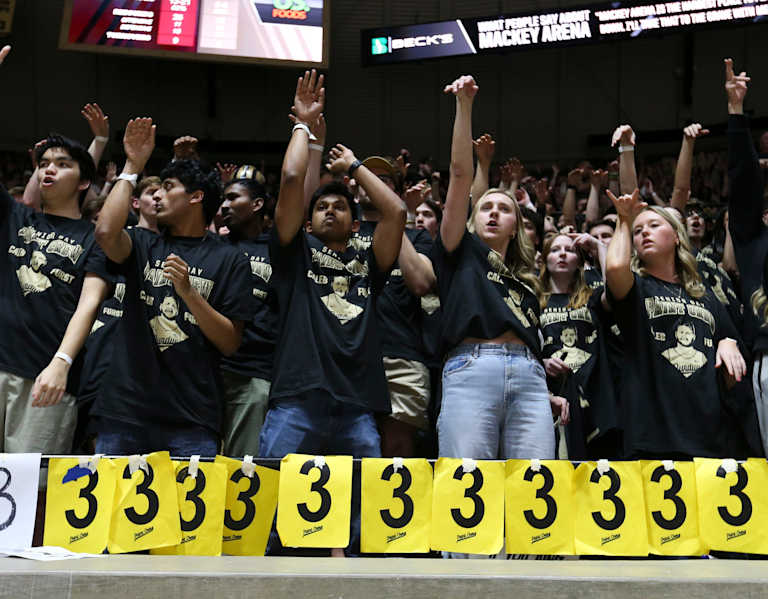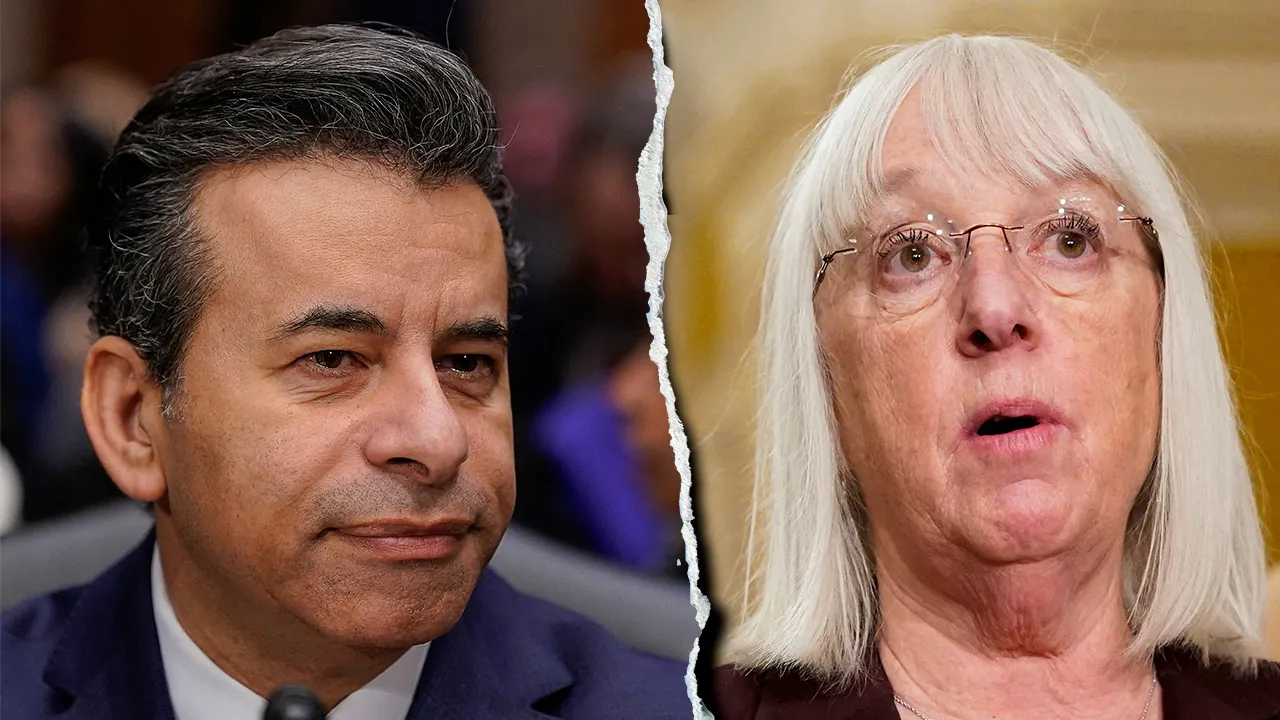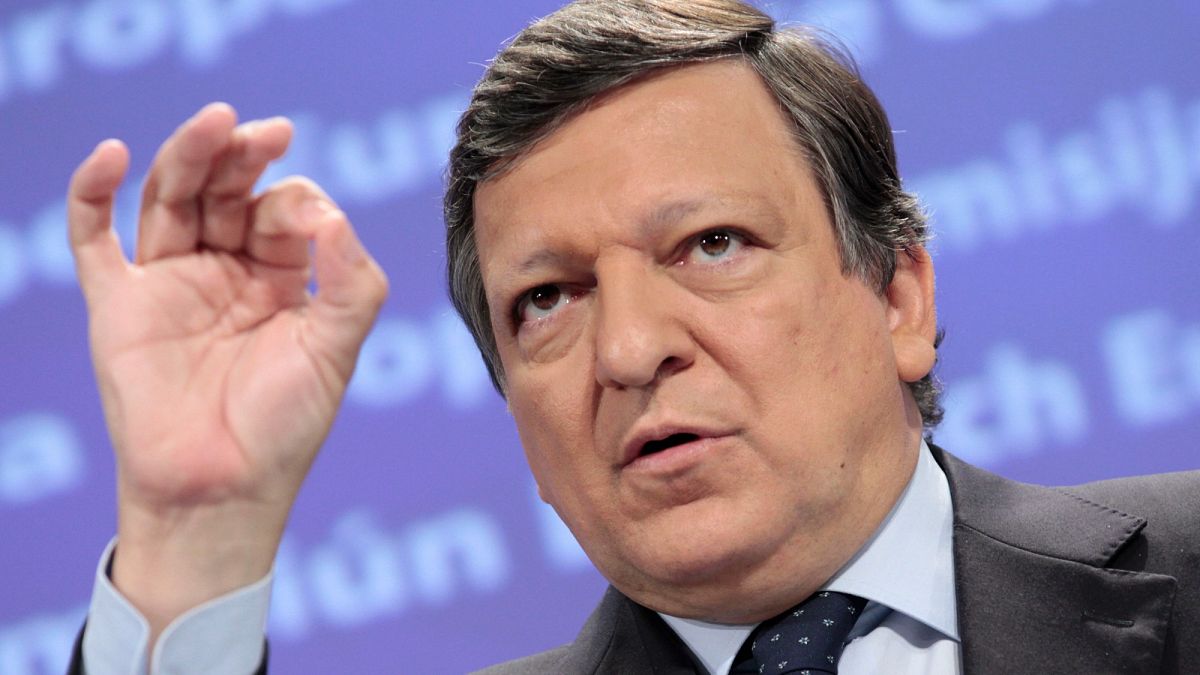Part of a continuing weekly series on Alaska history by local historian David Reamer. Have a question about Anchorage or Alaska history or an idea for a future article? Go to the form at the bottom of this story.
On July 20, 1955, well-known musher Charlie Cannon showed up at the Anchorage Daily News offices to make a personal plea. His wife, Ruth, had been missing since April 1 of that year, and the weeks since had passed without any clue to her disappearance. Per Cannon, “I feel sure she left either by car or plane because she took her best clothes, a suitcase, and about $450 she had saved up with her.” He begged, “I want to make an appeal to the public because somebody must have been with her when she left here.” No one responded to the entreaty, and how could they, given the wholesale lie of it all. As of that moment, only Cannon knew what happened to Ruth, as later confessed.
Charles Eugene “Charlie” Cannon was a musher, breeder, trapper, guide, homesteader and airplane mechanic, prominent in the midcentury Alaska sled racing scene. He was born in Walla Walla, Washington, in 1910. Beginning in 1938, he visited Alaska every summer for fishing, then moved north permanently after World War II. By the early 1950s, he was a little bit Alaska famous, more so after a brief moment in the national spotlight.
In 1952, Cannon, with a sled and five huskies, took part in President Dwight Eisenhower’s inaugural parade. The Anchorage Chamber of Commerce and the Alaska Republican Party sponsored the trip to ensure the presence of some Alaska flavor in the proceedings. Said Cannon, “My dogs have won a number of cups and ribbons in races and dog shows in the Anchorage area. Now, they will come to the attention of the new President.”
Cannon shined in front of the cameras, always smiling widely like a prospector who just struck color. With his bearded, weather-bitten face haloed by a parka, he was every bit the archetype outsiders expected of an Alaskan sourdough. While somewhat overshadowed by the cowboy who lassoed Eisenhower from 15 feet away, Cannon definitely made an impression. Newspapers across the county ran his picture, and requests for personal appearances filled the Anchorage Chamber of Commerce mailbox. On his return to Alaska, “nearly half” of Seward turned out when he was part of a delegation promoting the upcoming Fur Rendezvous.
As of her disappearance, Ruth Cannon was a vivacious 39-year-old brunette, notably younger in appearance than her grizzled, older husband or her own age. The two had no children, apart from his beloved dogs. Slim and active, she was an avid musher herself.
The Cannons had two homes, a homestead in what is now South Anchorage and a cabin at Lake Louise, near Glennallen. Law enforcement officers were only apprised of Ruth’s disappearance on June 1 when her mother showed up asking for an investigation. Weeks had passed without communication from Ruth to either her mother or closest friends.
Cannon told police officers that Ruth vanished while he was out tending his traplines. He further claimed her departure was a simple, if extended, case of cabin fever. The investigation apparently reminded Cannon how much he missed his wife, as he made his public appeal for assistance after the authorities became involved.
:quality(70)/cloudfront-us-east-1.images.arcpublishing.com/adn/2QEZV7PEYZBMVFBTXH75GGK2V4.jpg)
It would be an understatement to say authorities were skeptical regarding Cannon’s version of events. On April 1, 1955, the only ways out of Lake Louise involved either a long trek through thick snow or a ski plane. “Two ski planes landed there the day she took off,” said Cannon, but no pilot had flown to Lake Louise in or around that day. And even Cannon admitted that she had left without her warmest clothing. Moreover, there were repeated inconsistencies in his official statements.
After weeks of investigation, Lt. Emmett Botelho of the Territorial Police, now the State Troopers, convinced Cannon to sit for a lie detector test. He failed and failed again, his lies crumbling one after another. Then, on Sept. 27, he broke down.
In a lengthy, emotionless confession, Cannon walked police through the killing in exacting if significantly different details than his previous narratives. On April 6, he and Ruth had argued, and then she picked up a book, a prop that helped her ignore him. He headed outside for the fresh air and to escape the tense scene. Moreover, he took a handgun with him and considered suicide. Instead, he walked back inside, where Ruth continued reading and refused to talk. He walked up behind her and fired a single shot into the back of her head, an instant death. While he now admitted to the crime, this is the only account of Ruth’s death and might have differed from reality in many ways apart from the conclusion.
From there, Cannon burned her body in a massive pyre, feeding the flames through the night and most of the next day. Then he scattered her ashes over the still-frozen lake. Weeks later, he built a 12-foot-high smokehouse directly over the fire site, further obscuring the evidence. The Territorial Police charged him with first-degree murder and held him without bail. Capital punishment had not yet been abolished in Alaska, so a conviction could have resulted in the death penalty. Informed of these facts, Cannon simply replied, “that sounds very serious.”
On Sept. 28, several officers took Cannon back to Lake Louise, where he calmly reenacted the killing. He showed them the now clean room in the house where he had shot her. He showed them the smokehouse, which covered where he had burned her body. And he showed them the now melted lake, the ashes long since gone. In fact, he had been so thorough that there was no hint that a crime had occurred, and some officers could not hide their admiration for his skill. The Anchorage Daily Times quoted one officer saying, “He did his job well.”
Cannon had, without any apparent emotion, repeatedly recounted how he killed his wife. The night after his confession, he slept soundly. He similarly showed no reaction while walking officers through the scene at Lake Louise. However, he finally broke down and wept, collapsed in a pile, and continued to cry for hours after saying farewell to his dogs.
He was remanded to the Anchorage jail in anticipation of a transfer to a federal penitentiary, some practice for the rest of his life given the reasonable expectations for his trial. But something changed along the way. He declined a lawyer for his confession, but between the murder reenactment and grand jury, he hired George Grigsby, who was by then the legendary dean of Alaska lawyers. Grigsby likely lectured Cannon on the virtues of silence.
The grand jury convened that December, what observers thought was merely a checkpoint on the way to a guilty verdict. The grand jury listened to a series of witnesses, not including Cannon, then deliberated for only 45 minutes. However, they returned no true bill, refusing to indict him. On Dec. 21, Cannon was released from jail as a free man.
:quality(70)/cloudfront-us-east-1.images.arcpublishing.com/adn/SLJPKVANXZD6RPOFUTSFWSDR3E.jpg)
When a grand jury refuses to indict, the proceedings are not released to the public. The principles involved are long dead, so we will never know what precisely happened. Cannon signed a confession. He led police officers on a macabre murder reenactment field trip. There were no other suspects. There was no other reasonable explanation. However, there was also no physical evidence of a crime at all.
Cannon had been thorough. Despite assistance from the Federal Bureau of Investigation, no traces of human remains were ever found at Lake Louise, understandable if lamentable given the care taken for that exact outcome. It is a strong convention in Western law that a crime must be proven to have occurred before someone can be convicted of that crime. The Latin term is corpus delicti, the “body of the crime.” It is a logical standard that yet failed Ruth Cannon. In her case, there was no literal corpus, no corpse to prove that she was dead, just the absence of her presence. There have been murder convictions in America when the corpse was never found, but such instances are rare. Again, Charlie Cannon was legally innocent. Someone got away with killing a woman in Alaska, which places him in a steadily growing crowd.
Cannon was, after the killing, as he had been before. He was a trapper, guide and mechanic. He bred huskies, participated in all the sled races, and was a timekeeper for several Fur Rendezvous races. In 1963, just eight years after Ruth Cannon disappeared, he was elected president of the Alaska Sled Dog and Racing Association. There were surely — hopefully, maybe — some social condemnations not recorded in the historical record, but the evidence suggests he resumed his position in Alaska society with little impact from his wife’s death.
In 1974, during the earliest days of the Iditarod Trail Sled Dog Race, he wrote a lengthy letter to the Daily Times, advocating for stricter safety requirements for participant dogs. Specifically, he suggested adding three rules: a musher receiving prize money must finish with all his dogs; a mandatory 24-hour rest stop every week; and disqualification for any musher with a dead dog. He always cared so much for dogs. Charlie Cannon died in 2000 and is buried in Sedro-Wooley, Washington.
For a brief comparison, consider a 1954 incident in Kenai. A woman was visiting friends at their home. Her husband angrily barged in, beat her, and dragged her out to his car. There, she emptied a revolver at him, missing with all six shots. “According to the police report, the husband then administered another beating to the woman.” Without reading ahead, who do you think was charged?
The woman was fined $200, about $2,300 in 2023 dollars, for “flourishing, pointing, and discharging” a gun in a public place. There were no eyewitnesses, but she pleaded guilty to escape a more serious charge.
[Before he was the Birdman of Alcatraz, Robert Stroud committed the ‘coldest blooded murder’ in Juneau history]
[The tale of the Whale’s Tail: The 1910 sinking of the Lizzie Sorenson]
Key sources:
“Alaska Dog Team Washington Bound.” Anchorage Daily News, January 14, 1953, 1.
“Cannon Helps Anchorage Hit Jackpot of Publicity.” Anchorage Daily News, January 24, 1953, 12.
“Charlie Cannon Confesses Brutal Murder of Woman.” Anchorage Daily News, September 28, 1955, 1, 2.
“Jury Frees Murder Suspect.” Anchorage Daily News, December 21, 1955, 1.
“Lawmen Led to Murder Scene.” Anchorage Daily Times, September 29, 1955, 1.
“Missing Woman’s Husband Seeks Clues.” Anchorage Daily News, July 20, 1955, 1.
“Murderer Re-Acts Crime.” Anchorage Daily News, September 29, 1955, 1.
“Musher Group Elects Leaders.” Anchorage Daily News, March 23, 1963, 8.
“No Annie Oakley, Woman Misses 6 Shots at Husband.” Anchorage Daily Times, June 16, 1954, 1.
“Police Hunt Woman Missing Since April 1.” Anchorage Daily Times, July 19, 1955, 1.
“Seward Folks Greet Special Train, Dogs.” Anchorage Daily News, February 3, 1953, 3.
“Trapper Says He Killed Wife.” Anchorage Daily Times, September 28, 1955, 1, 11.

:quality(70)/cloudfront-us-east-1.images.arcpublishing.com/adn/T2XA5A364JEEDMT5RVCZ6BBLNI.jpg)



























